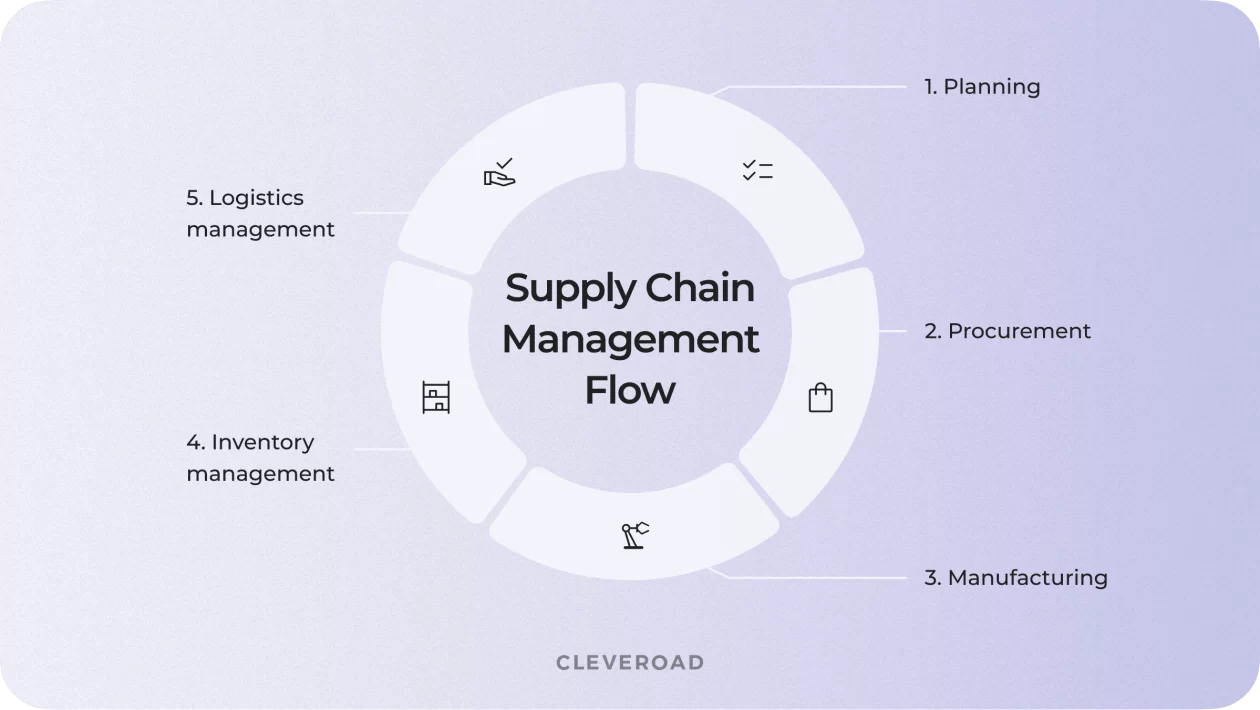Table of Contents
Definition And Overview Of Supply Chain Analytics Software Solutions
Supply chain analytics software solutions are advanced technological tools that enable organizations to collect, analyze, and interpret data related to their supply chain processes. These solutions provide valuable insights into various aspects of the supply chain, such as inventory levels, demand patterns, transportation costs, and supplier performance. By leveraging supply chain analytics software, organizations can make data-driven decisions that improve their supply chain performance, reduce costs, and enhance customer satisfaction.
I. Challenges In Demand Forecasting
A. Limited Access To Accurate And Timely Data
One of the biggest challenges in demand forecasting is accessing accurate and timely data. Traditional demand forecasting methods often rely on historical sales data and manual data entry, which can be time-consuming and prone to errors. Additionally, data may be siloed across different departments, making it difficult to gather a comprehensive view of the supply chain.
B. Complexity Of Data Analysis And Modeling
Another challenge is the complexity of data analysis and modeling. Demand forecasting requires analyzing large amounts of data, including historical sales data, market trends, and external factors such as weather and geopolitical events. Creating accurate and reliable demand forecasts requires sophisticated data modeling techniques that can handle large data sets and complex relationships between variables.
C. Difficulty In Accounting For External Factors And Market Trends
External factors such as weather, changes in consumer behavior, and geopolitical events can significantly impact demand. However, incorporating these factors into demand forecasts can take time, as they may be unpredictable or difficult to measure.
D. Lack Of Alignment Between Demand Forecasting And Inventory Management
Demand forecasting is closely tied to inventory management, as inaccurate forecasts can lead to stockouts or overstocking. However, many organizations need help to align their demand forecasting and inventory management processes, resulting in inefficiencies and increased supply chain cost optimization.
II. Benefits Of Supply Chain Analytics Software Solutions In Demand Forecasting
A. Improved Accuracy And Reliability Of Demand Forecasting
Supply chain analytics software solutions can help improve the accuracy and reliability of demand forecasting by providing access to real-time data and sophisticated modeling tools. Organizations can create more accurate and reliable demand forecasts by incorporating historical sales data, market trends, and external factors into the forecasting process.
B. Enhanced Data Analytics And Modeling Capabilities
Enhanced data analytics and modeling capabilities are vital features of supply chain automation solutions. These tools allow organizations to analyze large data sets and complex relationships between variables, such as sales data, market trends, and external factors, including economic conditions, weather patterns, and consumer behavior.
By utilizing these tools, organizations can identify patterns and trends in demand, enabling them to create more accurate and reliable demand forecasts. Additionally, supply chain audits enhanced data analytics and modeling capabilities enable organizations to identify potential bottlenecks or inefficiencies in the supply chain, enabling them to make informed decisions about production schedules, inventory levels, and transportation routes.
C. Better Integration With Inventory Management And Supply Chain Planning
Supply chain analytics solutions can be integrated with inventory management and supply chain planning software, enabling organizations to align their demand forecasting and inventory management processes. Organizations can reduce stockouts and overstock by incorporating real-time inventory data into demand forecasts, improving efficiency and cost savings.
D. Increased Agility And Responsiveness To Market Changes
Supply chain analytics software solutions can help organizations become more agile and responsive to changes in the market. By providing real-time data and supply chain analytics, organizations can quickly adapt to changing demand patterns, external factors, and market trends, enabling them to stay ahead of the competition.
III. Key Features Of Supply Chain Analytics Software Solutions For Demand Forecasting
A. Data Visualization And Reporting Capabilities
Supply chain analytics software solutions should have robust data visualization and reporting capabilities that enable organizations to analyze and interpret data quickly. These features should include customizable dashboards, charts, and graphs that comprehensively view the supply chain.
B. Forecasting Algorithms And Modeling Tools
Forecasting algorithms and modeling tools are critical components of supply chain analytics software solutions. These tools enable organizations to create accurate and reliable demand forecasts by analyzing large data sets and complex relationships between variables. The algorithms and modeling tools should be capable of handling historical sales data, market trends, and external factors, such as weather patterns, economic conditions, and consumer behavior.
These tools allow organizations to make better-informed decisions, optimize inventory levels, reduce costs, and improve customer satisfaction. Additionally, advanced forecasting algorithms and modeling tools allow organizations to perform scenario analysis, creating multiple forecasts based on different assumptions, helping them identify potential risks and opportunities.
C. Integration With Inventory Management And Supply Chain Planning Software
The integration of supply chain visibility solutions with inventory management and supply chain planning software is crucial in improving the efficiency and accuracy of demand forecasting. By incorporating real-time inventory data into demand forecasts, organizations can make more informed decisions about inventory levels, ordering quantities, and production schedules.
This integration enables supply chain professionals to have a complete view of the supply chain, from raw material procurement to final product delivery, which helps them to identify potential bottlenecks or inefficiencies in the supply chain. With access to real-time inventory data, organizations can reduce stock-outs and overstocking, resulting in better cost savings and customer satisfaction.
Furthermore, integrating supply chain delivery process with inventory management and supply chain planning software enables organizations to make data-driven decisions, continuously optimizing their supply chain processes. As such, this integration is critical in enabling organizations to achieve their business goals, remain competitive, and enhance customer satisfaction.
D. Collaboration And Communication Features For Cross-Functional Teams
Supply chain analytics software solutions should have collaboration and communication features that allow cross-functional teams to work together. These features enable team members to share data and insights, collaborate on demand forecasts, and communicate changes in demand patterns or external factors that may impact the supply chain.
In conclusion, supply chain solution can play a vital role in improving demand forecasting accuracy and reliability. By providing advanced data analytics and modeling capabilities, real-time data access, and integration with inventory management and transportation visibility software, organizations can create more accurate and reliable demand forecasts, reduce costs, and enhance customer satisfaction. As such, supply chain consulting firm should consider adopting supply chain analytics software solutions to optimize their supply chain delivery processes, conduct supply chain audits, and optimize supply chain costs.





